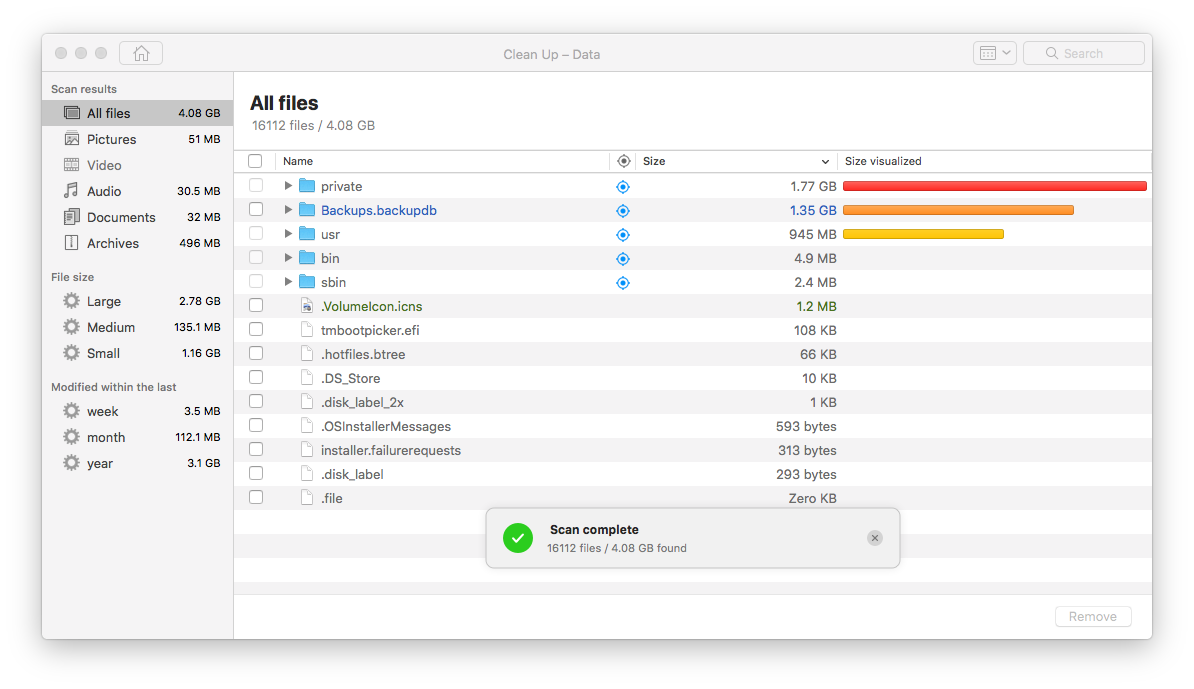
It even issues a pop-up message to further drive this purpose. The warning is designed to raise panic and convince users into taking immediate action, before their suspicion is raised.

It is of course only a disguised malicious webpage. Browser redirected to an unexpected pageĪs can be seen in the sample, the final page appears to be an official Apple website that notifies the user that their Mac is infected by several viruses. If the user does not notice the successive URL changes on their address bar (indicating the redirection), they would eventually land on an unexpected page.įigure 2.

The user will then be redirected to several other websites, as demonstrated in our sample where we used a misspelled YouTube (youzube).įigure 1. An inattentive user may not notice the mistake at all, and land on a cybercriminal’s webpage deliberately named for such a scenario. This classic attack banks on the tendency of users to make a mistake while typing in the address of a website they want to visit.

#Advanced mac cleaner hack download#
Despite the aging tactic, this recent finding proves it still works, specifically in this new attack, which is designed to redirect Mac users to a website that uses exaggerated threat detection claims to push them to download a potentially unwanted application (PUA). Many users are already wary of typosquatting, as it has been used on Windows systems since the early 2000s. This old attack method involves the use of URLs with domain names that closely resemble those of popular websites to divert people to their often-malicious sites. We have found a new attack using an old trick called typosquatting to lure new victims.


 0 kommentar(er)
0 kommentar(er)
